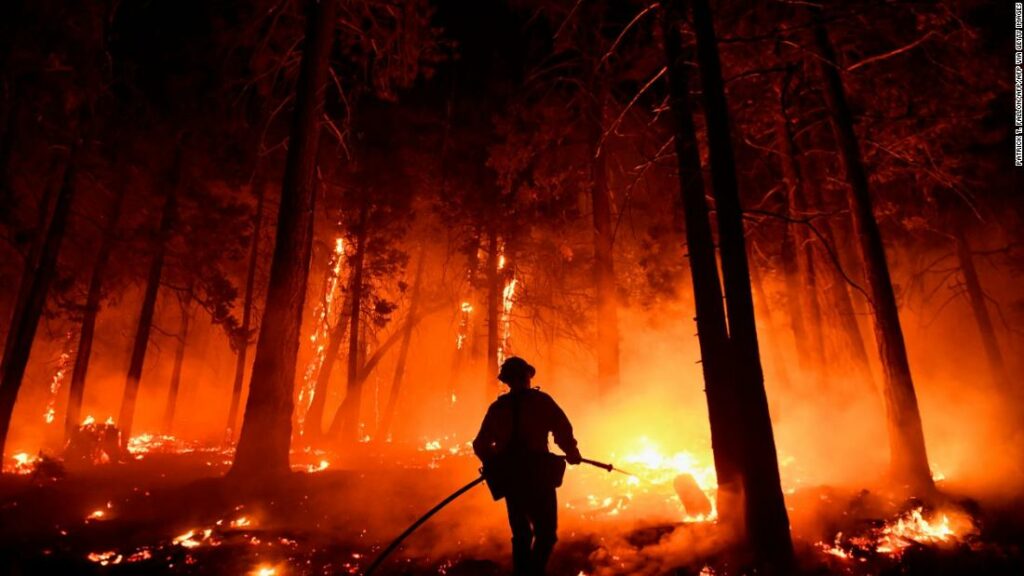Not a single G20 country is in line with the Paris Agreement on climate, analysis shows

The watchdog Climate Action Tracker (CAT) analyzed the policies of 36 countries, as well as the 27-nation European Union, and found that all major economies were off track to contain global warming to 1.5 degrees Celsius above pre-industrial levels. The countries together make up 80% of the world’s emissions. The analysis also included some low-emissions countries, and found that the Gambia was the only nation among all 37 to be “1.5 compatible.” As the study only included a few smaller emitters, it’s possible there are other developing countries in the world on track as well.Under the 2015 Paris accord, more than 190 countries agreed to limit the increase in global temperatures to well below 2 degrees above pre-industrial temperatures — ideally to 1.5 degrees. Scientists have said 2 degrees is a critical threshold for some of the Earth’s ecosystems, and is one that would also trigger more catastrophic extreme weather events. The report comes less than two months ahead of UN-brokered international climate talks in Glasgow, known as COP26. The event’s president, British MP Alok Sharma, has said he hopes to “keep 1.5 alive” as a global warming limit. CAT reported that progress had stalled after dozens of world leaders made ambitious new pledges to slash greenhouse gas emissions during the US President Joe Biden’s “Of particular concern are Thailand has plans to ramp up new gas as it phases out coal, while the EU is still planning to commit public funding to new gas infrastructure, and various member states are lobbying hard for the continued use of this fossil fuel.Hare warned against the development of blue hydrogen, based on natural gas, as an alternative to other fossil fuels. “Gas is a fossil fuel, and any investment into gas today risks becoming a stranded asset. And while interest in green hydrogen has grown exponentially, there is still a large number of hydrogen projects in the pipeline where it’s produced from gas,” Hare said. “Hydrogen produced from gas still produces carbon, and is inconsistent with reaching net zero.”Net zero by 2050Cutting emissions is a non-negotiable part of the Paris Accord. Carbon dioxide and other greenhouse gases trap solar radiation in the atmosphere, just like glass traps heat in a greenhouse. This causes temperatures to rise and drives more extreme weather, ice melt, sea level rise and ocean acidification.To keep the warming under 1.5 degrees, the world needs to reach net zero by 2050, a landmark UN climate science report published in August showed. Net zero refers to a state when the amount of greenhouse gas emitted is no greater than the amount removed from the atmosphere. According to UN Climate Change, just over 130 countries have pledged to cut emissions to net-zero so far. The new analysis by CAT found that even if all of them followed up on their plans, warming would still reach 2 degrees.If they stick with the policies they have in place, temperatures will likely be 2.4 degrees higher by the end of century.Temperatures are already around 1.2 degrees higher than they were before humans started burning huge amounts of fossil fuels, so room for error is very limited. “An increasing number of people around the world are suffering from ever more severe and frequent impacts of climate change, yet government action continues to lag behind what is needed,” said Bill Hare, the CEO of the think tank Climate Analytics and another author of the analysis. While many governments have committed to net zero, Hare said that without a real action soon, achieving net zero will be “virtually impossible.”



